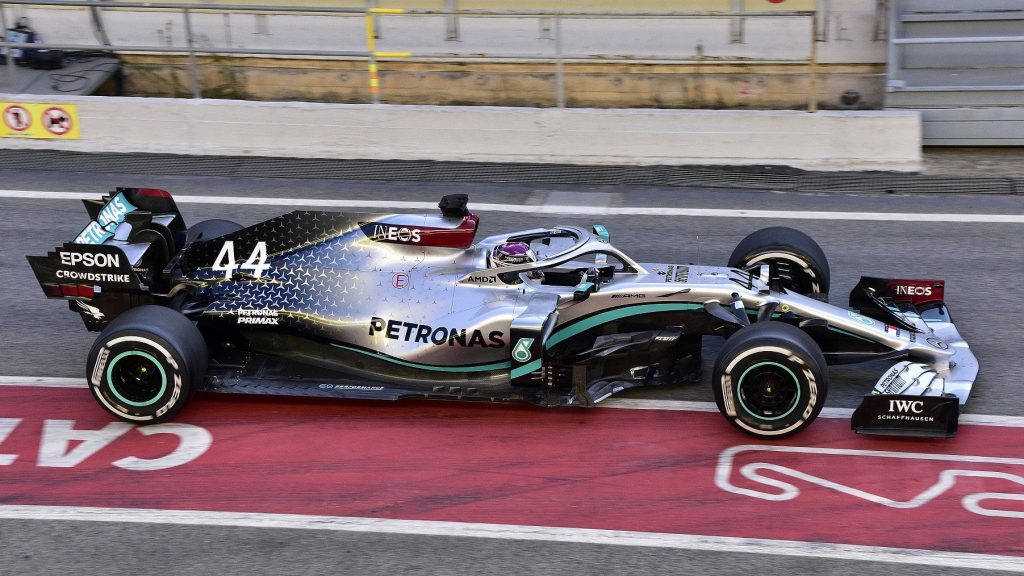The Formula 1 cars of today are high-tech machines that have been methodically honed to slip through the air and reach mind-boggling speeds.
For the most part though, these cars are still cars. They need an engine, wheels and most importantly fuel. However, the fuel these cars use is changing and Formula 1 believes that by 2026, vehicles will be running on 100 percent sustainable fuel.
The ground work for this is being laid right now. Formula 1 vehicles currently run on a fuel known as E10. This is a mixture of traditional fuel accounting for 90 percent of the mix while the other 10 percent is renewable Ethanol.
“E fuels offer such a wonderful opportunity,” explains F1 managing director for motorsports, Ross Brawn. “We’re working on an E fuel where the carbon circle is completely neutral so the carbon utilised to produce that fuel is the same quantity as the carbon emitted from the internal combustion engine. It means that the engines do not add anything to the carbon dioxide in the atmosphere.”
The motorsport organisation says that this fuel could be used in road cars which is important. While there has been a global push for electric vehicles, these aren’t affordable or practical in some parts of the world. What Formula 1 is doing could keep existing cars on the road without the negative impact to our environment.
To that end, the fuel that will be used in Formula 1 cars in 2026 will be “unique and lab-created”. Of course, manufacturers can hone their engines to make use of this Ethanol-based fuel but we’d be curious to see how it would perform in the wild.
The organisation has been working with Formula 1’s global energy partner ARAMCO on a number of fuel blends. To date, the pair have test 39 surrogate blends of fuel. This fuel has been tested in a single cylinder Formula 1 power unit.
We’re curious to see how this fuel affects the sport but mostly, we’d be curious to see if this fuel can be used in ordinary road vehicles.

